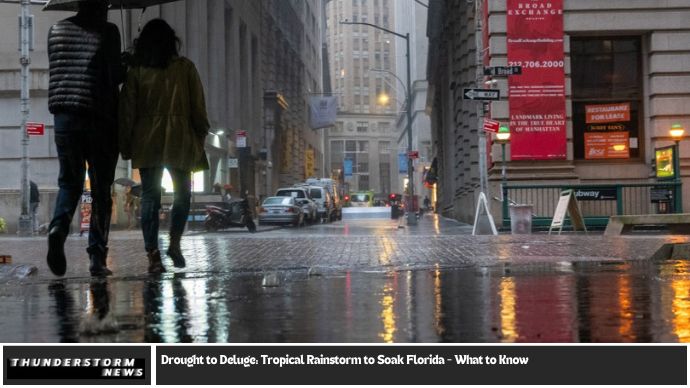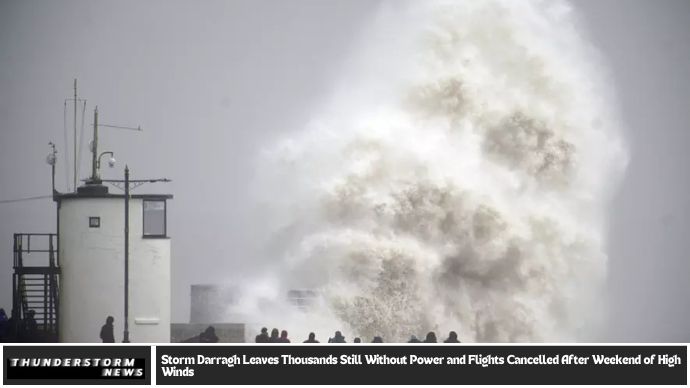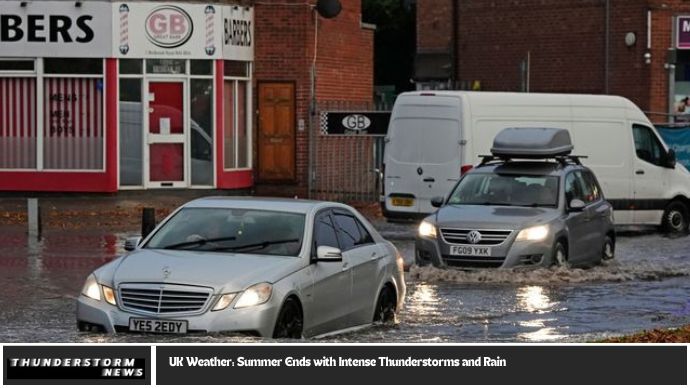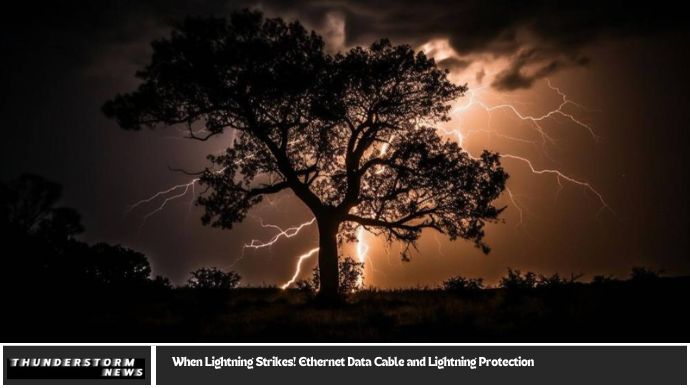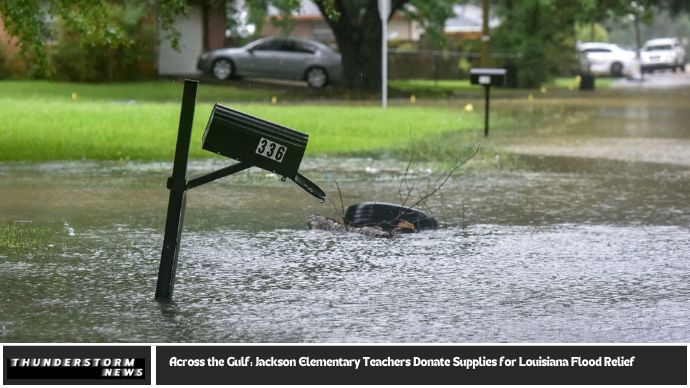Florida is no stranger to unpredictable weather, but the shift from drought conditions to a deluge of rain is catching the attention of meteorologists and residents alike. A budding tropical rainstorm is set to soak the state in the coming days, bringing much-needed rainfall but also posing potential risks for flooding, high winds, and travel disruptions. After enduring several weeks of dry conditions, Florida’s waterways, rivers, and reservoirs are in need of a replenishing rainfall. However, as with any tropical system, the transition from drought to downpours can be dangerous and disruptive.
In this post, we’ll explore how this tropical rainstorm is forming, what Floridians can expect, and how to prepare for the heavy rains and possible hazards ahead. Whether you’re a local resident or planning a visit to the state, it’s essential to stay informed and ready as the forecast for Florida changes from dry skies to a much wetter reality. Read on to learn more about the storm’s development and how you can stay safe during this extreme shift in weather.
What Is a Tropical Rainstorm, and How Does It Form?
A tropical rainstorm is a type of storm system that develops in the tropics, characterized by heavy rainfall, strong winds, and potential flooding. These storms usually form over warm ocean waters, where warm air rises, creating areas of low pressure. When these low-pressure systems grow in strength and organization, they can bring intense rainfall and gusty winds. Though tropical rainstorms are not as intense as hurricanes, they still carry substantial risks, including localized flooding and disruptions to daily activities.
In Florida, a state surrounded by warm ocean waters, tropical systems are particularly common. These storms can develop quickly and can shift in intensity within a matter of hours, which is why meteorologists and local officials monitor them closely. The transition from drought to a tropical rainstorm can seem abrupt, but it’s essential to remember that the heavy rainfall that these systems bring can have both beneficial and detrimental effects.
How Will This Tropical Rainstorm Affect Florida?
The expected tropical rainstorm will have wide-reaching impacts on Florida, with areas across the state set to receive substantial rainfall. The system’s development over warm waters has fueled its growth, and it is anticipated to move toward the state in the coming days. As the storm progresses, residents can expect:
- Heavy Rainfall: The rain associated with a tropical rainstorm can be intense and fall over a short period, leading to flash flooding, especially in areas that are already susceptible to flooding.
- Gusty Winds: While not as strong as hurricane-force winds, tropical rainstorms can still bring gusts of 40 to 50 mph, which can cause damage to trees, power lines, and buildings.
- Flooding Risks: The combination of heavy rain and possible storm surges can lead to flooding, especially in low-lying areas and along the coast. Flash flood warnings will likely be issued in some areas.
- Rough Seas: For those near the coast, expect hazardous sea conditions, which could disrupt boating, fishing, and beach activities.
- Travel Disruptions: With the likelihood of flash flooding and gusty winds, roadways may become impassable. Airports could also experience delays and cancellations due to poor visibility and rough weather conditions.
What Are the Benefits of the Rain?
Though the storm may bring disruptions, the rainfall could provide some relief to the state, which has been experiencing drought conditions. Florida’s reservoirs, rivers, and lakes have been lower than usual, impacting agriculture, water supply, and even ecosystems. This rain could help replenish those water levels, benefiting both the environment and local industries that depend on water resources.
Farmers in Florida, for example, have been facing drought-like conditions that threaten crops. This tropical rainstorm may help mitigate those impacts by providing much-needed moisture. Additionally, areas that rely on rain-fed water systems could see relief as the rain boosts groundwater levels. Still, it’s important to note that the rate of rainfall needs to be closely monitored, as too much rain in a short time could lead to flooding, especially in already saturated areas.
How to Prepare for the Tropical Rainstorm
While the rain may be beneficial in many ways, it’s important to prepare for the potential hazards that come with a tropical rainstorm. Here’s what you can do to stay safe and minimize damage:
- Stay Updated on Weather Alerts: Monitor weather forecasts and follow advisories from the National Weather Service and local officials. Tropical systems can evolve quickly, and staying informed is crucial.
- Prepare for Flooding: If you live in an area prone to flooding, move valuables and important documents to higher ground. Clear gutters and drains around your property to prevent water from accumulating.
- Secure Outdoor Items: Strong winds can turn outdoor furniture and decorations into projectiles, so be sure to secure or bring them inside.
- Check Emergency Supplies: Ensure that your emergency kit includes essentials like water, non-perishable food, flashlights, batteries, and first aid supplies. It’s always a good idea to have backup power sources, especially if you live in an area that’s prone to power outages.
- Prepare Your Vehicle: If you need to travel, make sure your vehicle is in good condition, with a full tank of gas, and has emergency supplies such as blankets, a first aid kit, and a flashlight.
- Know Evacuation Routes: In extreme cases, flooding may require evacuation. Be familiar with your area’s evacuation routes and emergency procedures.
How to Stay Safe During the Storm
When the tropical rainstorm hits, follow these safety tips to stay as safe as possible:
- Stay Indoors: The storm’s strong winds and heavy rainfall can make being outside dangerous. Stay inside until the storm passes, and avoid unnecessary travel.
- Don’t Drive in Flooded Areas: If you must drive, avoid low-lying areas and never attempt to drive through flooded streets. Water can quickly rise and cause your vehicle to become stranded.
- Watch for Lightning: Tropical systems often come with frequent lightning strikes. Stay away from windows and avoid using electrical appliances during the storm.
- Avoid Coastal Areas: For those near the coast, avoid going near the beach or any exposed areas. Storm surges and rough seas can be particularly dangerous.
What’s the Forecast for the Coming Week?
The tropical rainstorm is expected to affect Florida over the next several days, with some regions experiencing the heaviest rain and winds during the early to middle part of the week. As the system progresses, its path and intensity may shift, so it’s essential to stay flexible and continue monitoring weather updates. While the storm is forecasted to bring significant rainfall, it’s unlikely to develop into a full-fledged hurricane. Still, the storm’s impacts should not be underestimated, and residents should prepare for the possibility of severe weather.
May you also like it:
Broomfield Students Pile Up Donations for Their Flooded Peers
How to Prevent Your Trees From Falling During Storms
The Role of Tree Surgeons in Environmental Conservation
FAQs
1. How long will the tropical rainstorm last in Florida?
The storm is expected to last for a few days, with rainfall intensifying in certain regions before tapering off. Stay tuned for updated forecasts.
2. Is it safe to travel during a tropical rainstorm?
Travel is not recommended during a tropical rainstorm, especially if conditions include flooding or high winds. Always check weather and road conditions before traveling.
3. Will the tropical rainstorm cause power outages?
Yes, strong winds and fallen trees could cause power outages. Ensure that your emergency kit includes items like flashlights and extra batteries.
4. Can the rain from the tropical system help with the drought in Florida?
Yes, the rain will provide relief to drought-stricken areas, but it’s important that the rain doesn’t fall too rapidly, as it could lead to flooding.
5. What should I do if I live in a flood-prone area?
Move valuable items to higher ground, clear drains and gutters, and make sure your emergency kit is ready. Follow local authorities’ evacuation orders if necessary.
6. How can I track the tropical rainstorm in real-time?
You can monitor the storm using weather apps, the National Hurricane Center, or local news stations for up-to-date information on the storm’s path and intensity.
Conclusion
The upcoming tropical rainstorm brings with it both challenges and opportunities for Florida. While the much-needed rain could alleviate drought conditions and replenish local water resources, it also poses the risk of flooding, strong winds, and disruptions to daily life. By staying informed and prepared, Floridians can minimize the impact of the storm and stay safe during the deluge. Always monitor weather updates, ensure you have an emergency plan in place, and take the necessary steps to protect your home, family, and property.

